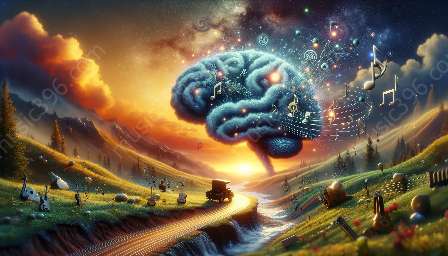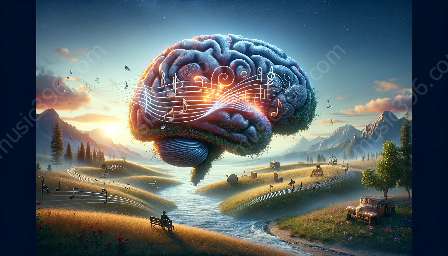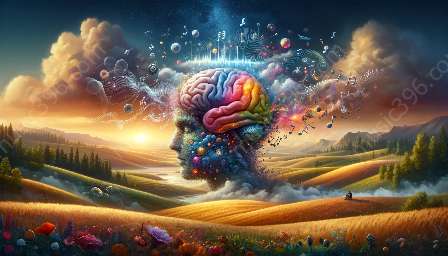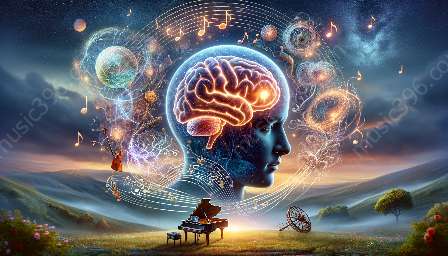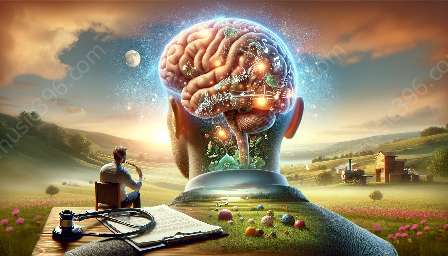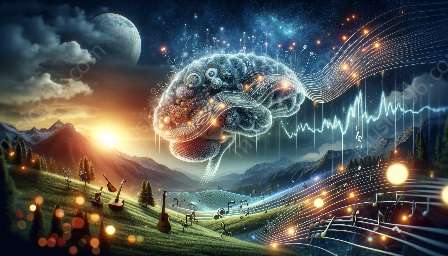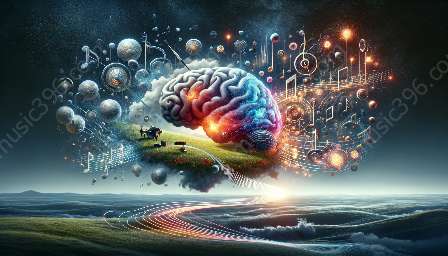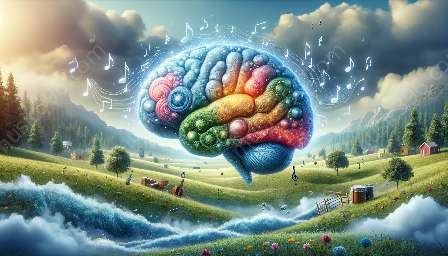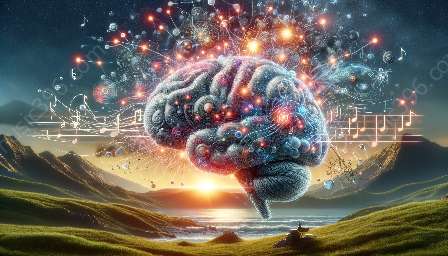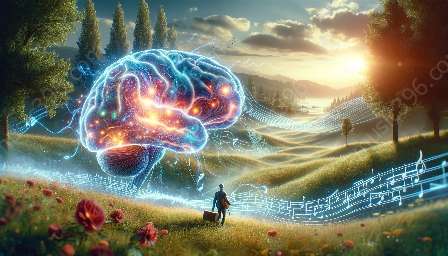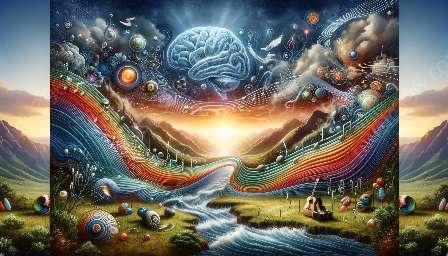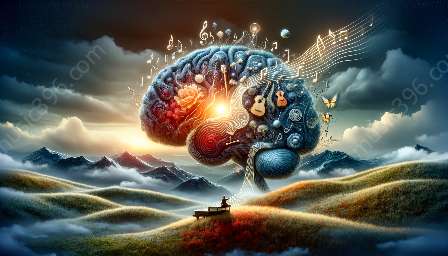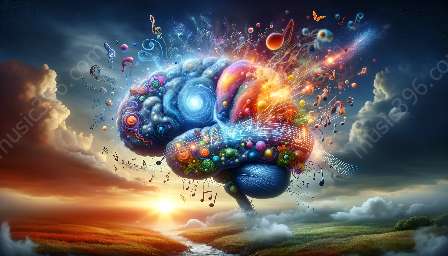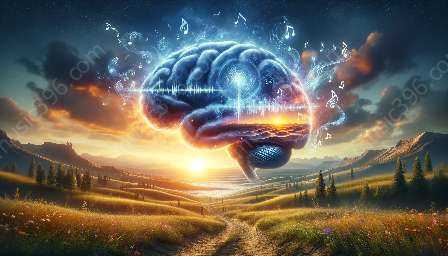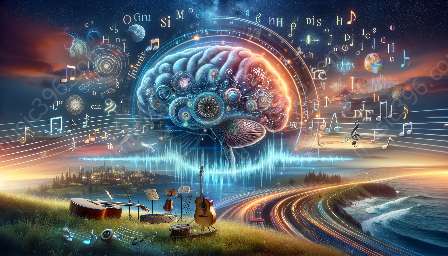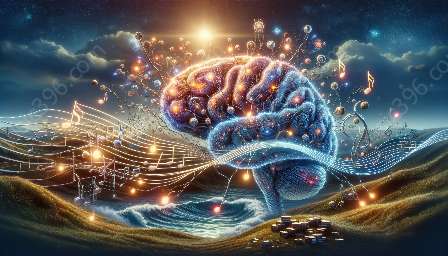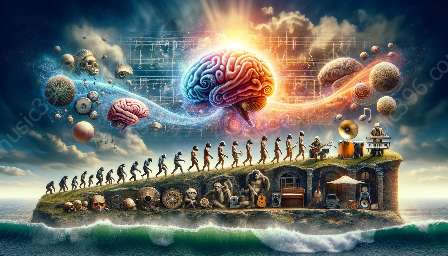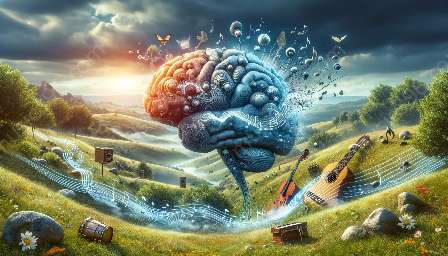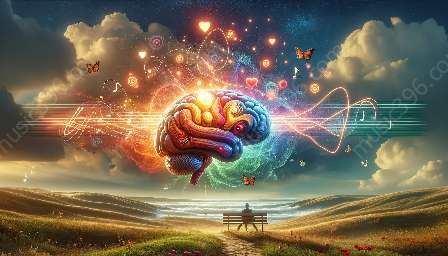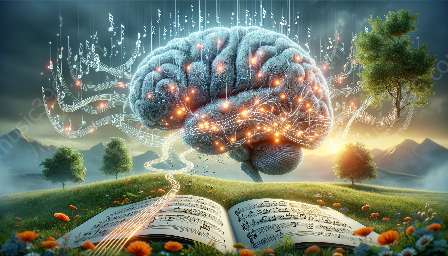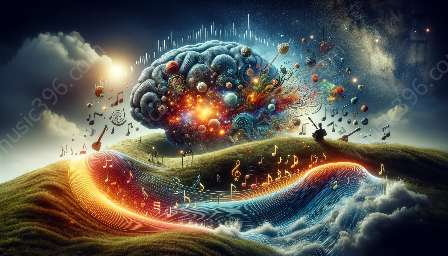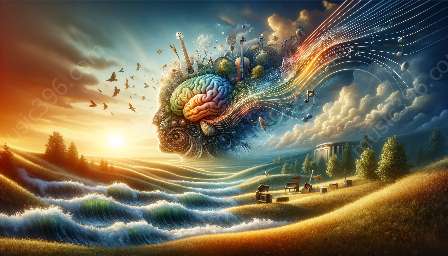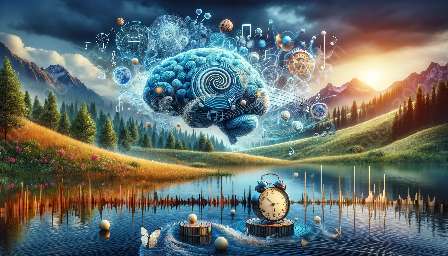Music, a universal language that can affect our emotions, creativity, and cognitive functions, has been a topic of interest within the field of neuroscience and psychology for decades. One particularly intriguing area of study is the relationship between music genres and spatial-temporal reasoning, and how different genres of music impact this cognitive process.
The Basics: Music and Spatial-Temporal Reasoning
Spatial-temporal reasoning refers to the ability to mentally manipulate shapes and understand spatial relationships over time. It is an essential skill for tasks such as solving puzzles, visualizing objects in different orientations, and understanding patterns and sequences. This cognitive process is closely associated with the brain's capacity for problem-solving and mathematical reasoning.
Music, on the other hand, activates various areas of the brain, including those involved in auditory processing, motor coordination, and emotional processing. When individuals listen to music, their brains process and organize the auditory information in a spatial and temporal context, which can potentially enhance spatial-temporal reasoning abilities.
The Impact of Music Genres on Spatial-Temporal Reasoning
Different music genres have distinct auditory characteristics, such as rhythm, tempo, and complexity, which can influence brain activity and cognitive processes. For example, classical music, known for its intricate compositions and harmonic structures, has been the focus of numerous studies on its effects on cognitive functions. Classical music often contains precise rhythmic patterns and tonal variations, which may promote heightened spatial-temporal reasoning through the stimulation of neural networks associated with spatial visualization and logical reasoning.
In contrast, genres like jazz and improvisational music challenge the brain's ability to process complex rhythms and unexpected musical patterns, potentially improving the brain's adaptability and cognitive flexibility. The dynamic and unpredictable nature of jazz may engage spatial-temporal reasoning by requiring listeners to anticipate and integrate changing musical elements in real time.
Furthermore, research suggests that certain electronic and ambient music, characterized by repetitive and immersive soundscapes, can induce a state of focused attention and relaxation, which may positively influence spatial-temporal reasoning by reducing cognitive load and enhancing mental clarity.
Neurological Mechanisms: Music and the Brain
Understanding the neurological mechanisms underlying the relationship between music genres and spatial-temporal reasoning involves exploring the brain's responses to different musical stimuli. Functional magnetic resonance imaging (fMRI) studies have revealed that diverse music genres activate distinct neural networks, including areas associated with auditory processing, motor coordination, and executive functions. These neural activations may underlie the cognitive enhancements observed in spatial-temporal reasoning following exposure to specific music genres.
For example, neuroimaging research has demonstrated that exposure to classical music can modulate the activity of the prefrontal cortex, a brain region involved in higher-order cognitive functions, such as working memory and problem-solving. The enhanced functioning of the prefrontal cortex may contribute to improved spatial-temporal reasoning abilities in individuals who regularly engage with classical music.
Similarly, the improvisational nature of jazz music has been linked to increased neural connectivity in regions associated with creativity, cognitive control, and novel problem-solving. These neural adaptations may support the development of spatial-temporal reasoning skills by fostering the brain's capacity to perceive and manipulate spatial information in a dynamic, non-linear fashion.
Practical Implications and Future Directions
Understanding the influence of music genres on spatial-temporal reasoning has practical implications for various fields, including education, cognitive rehabilitation, and therapeutic interventions. Integrating music-based activities and interventions tailored to specific genres could potentially optimize spatial-temporal reasoning skills in individuals with cognitive impairments or learning difficulties.
Moreover, further research exploring the long-term effects of music genres on spatial-temporal reasoning and their potential therapeutic applications in conditions such as developmental disorders, neurodegenerative diseases, and age-related cognitive decline is warranted.
Conclusion
Music genres have the power to shape cognitive processes, including spatial-temporal reasoning, through their unique auditory and expressive features. As researchers continue to unravel the intricate connections between music, the brain, and cognitive abilities, the potential applications of music-based interventions for enhancing spatial-temporal reasoning hold promise for enriching cognitive development and promoting neurological well-being.

